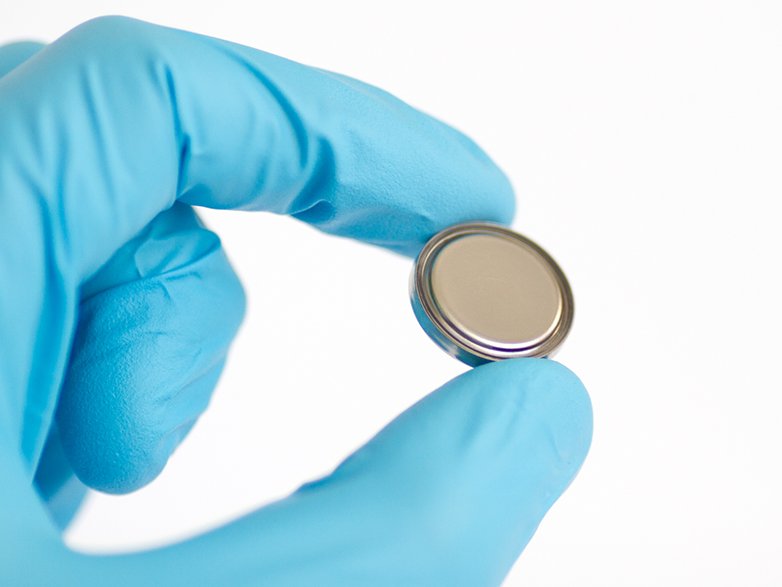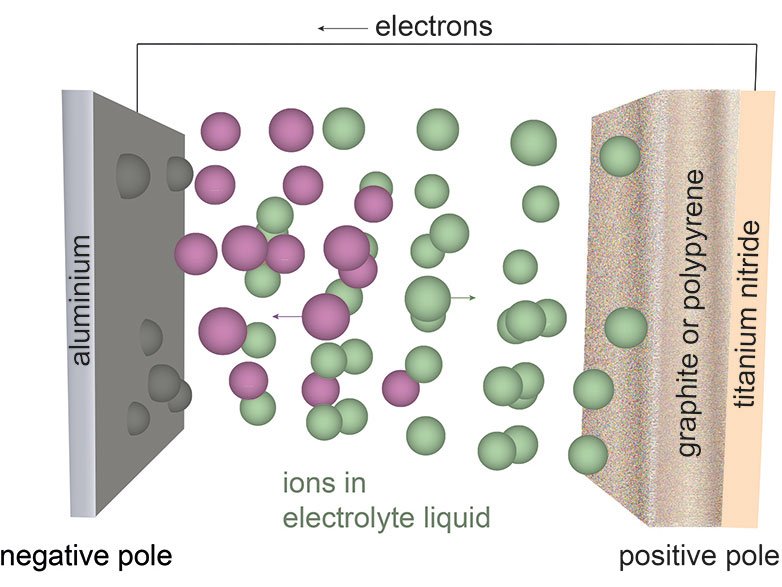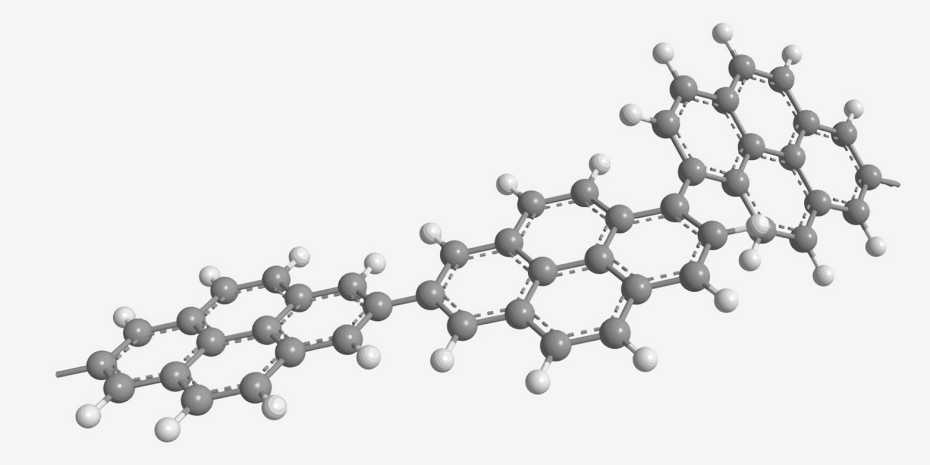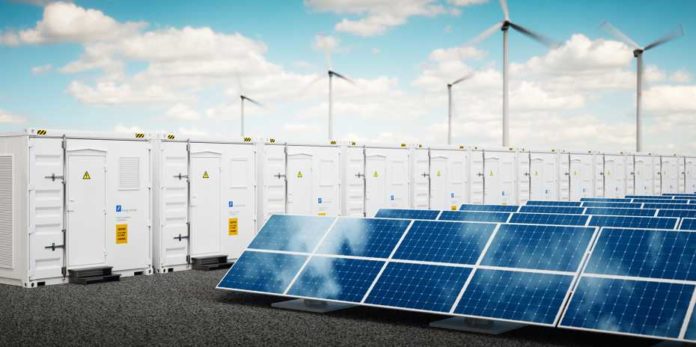Scientists from ETH Zurich and Empa have developed promising new conductor materials that could bring about key advances in the development of aluminum batteries. First is a corrosion-resistant material for the conductive parts of the battery; Second is a novel material for the battery’s positive pole that can be adapted to a wide range of technical requirements.
The electrolyte fluid present in aluminum batteries is aggressive enough to damage the stainless steel, and even gold and platinum. As a solution, scientists came up with titanium nitride, a ceramic material that exhibits sufficiently high conductivity.

The material allowed scientists to easily produce aluminum batteries with conductive parts. According to scientists, it would also be possible to manufacture the conductors from a conventional metal and coat them with titanium nitride, or even to print conductive titanium nitride tracks on to plastic.
Maksym Kovalenko, Professor of Functional Inorganic Materials said, “This compound is made up of the highly abundant elements titanium and nitrogen, and it’s easy to manufacture. The potential applications of titanium nitride are not limited to aluminum batteries. The material could also be used in other types of batteries; for example, in those based on magnesium or sodium, or in high-voltage lithium-ion batteries.”

Along with this, scientists discovered one additional new electrode material for the positive electrode (pole) of aluminum batteries- polypyrene, that rivals graphite in terms of the amount of energy a battery is able to store. The material has a chain-like structure of hydrocarbons.
In tests, samples of the material – especially those in which the sub-atomic chains assemble in a confused way – turned out to be perfect. One of the benefits of cathodes containing polypyrene is that researchers can impact their properties, for example, the porosity.

Kovalenko said, “In contrast, the graphite used at present is a mineral. From a chemical engineering perspective, it cannot be modified.”
Both materials are expected to bring two key advances in the development of aluminum batteries.
References
- Walter M, Kravchyk KV, Böfer C, Widmer R, Kovalenko MV: Polypyrenes as High-Performance Cathode Materials for Aluminum Batteries. Advanced Materials 2018, 1705644, doi: 10.1002/adma.201705644
- Wang S, Kravchyk KV, Filippin AN, Müller U, Tiwari AN, Buecheler S, Bodnarchuk MI, Kovalenko MV: Aluminum Chloride‐Graphite Batteries with Flexible Current Collectors Prepared from Earth‐Abundant Elements. Advanced Science 2018, 1700712, doi: 10.1002/advs.201700712
